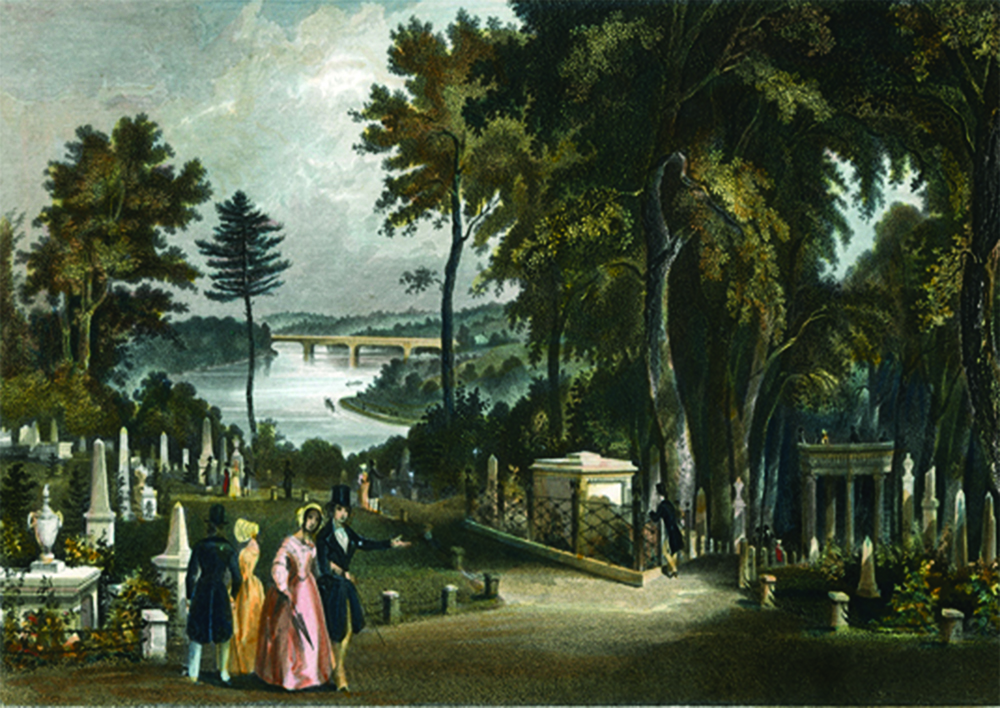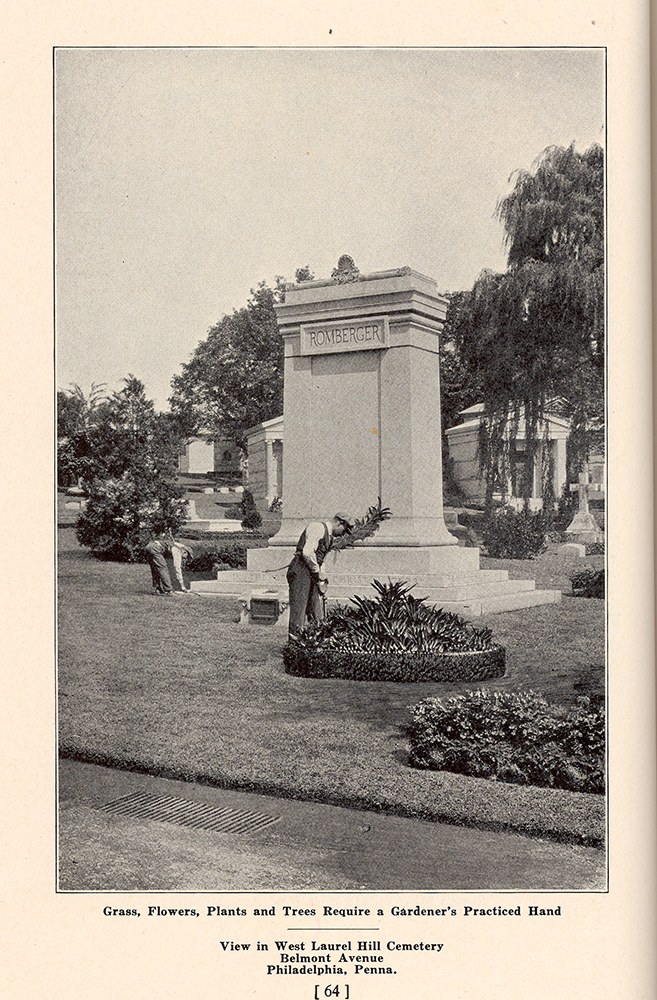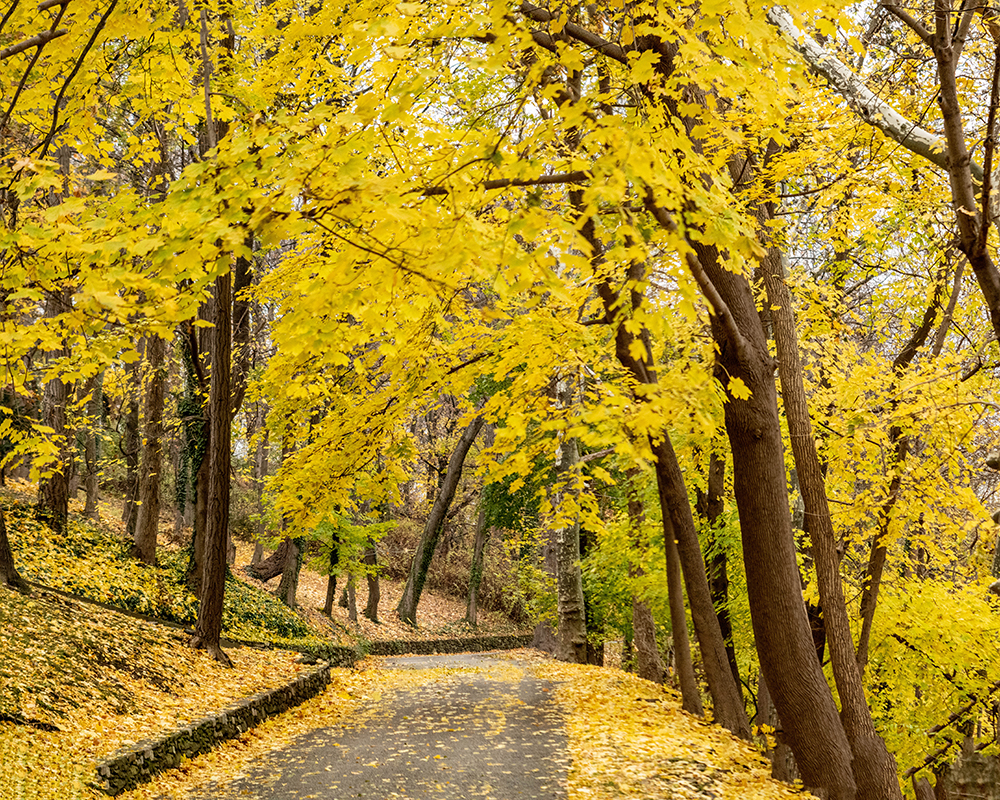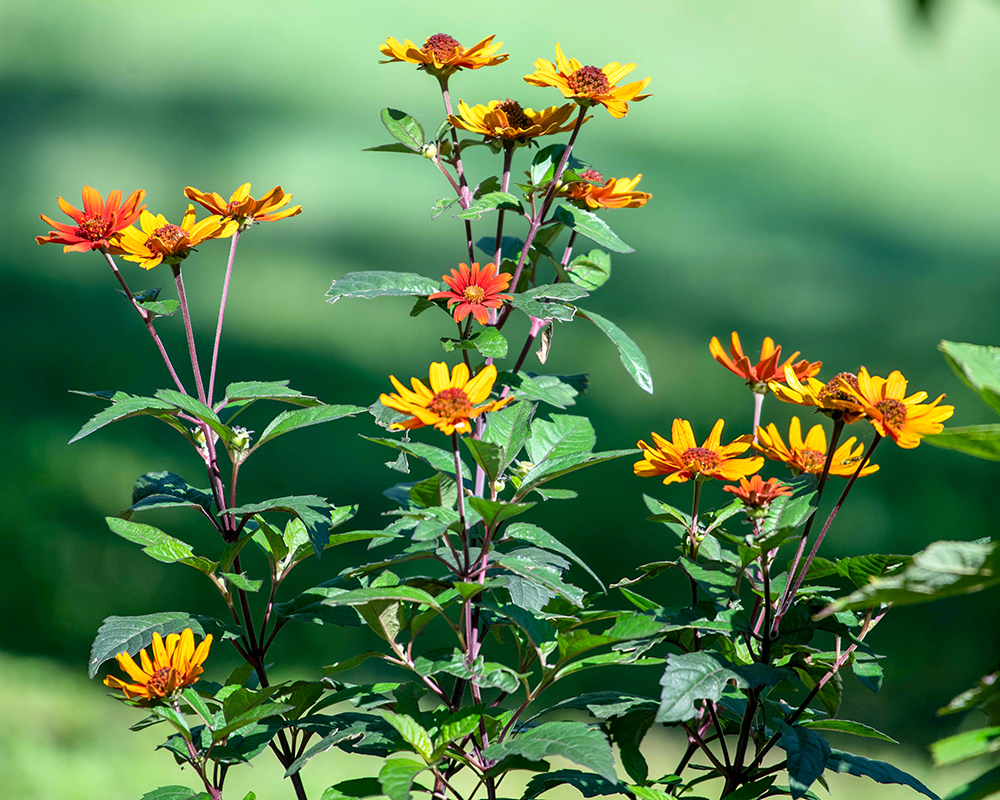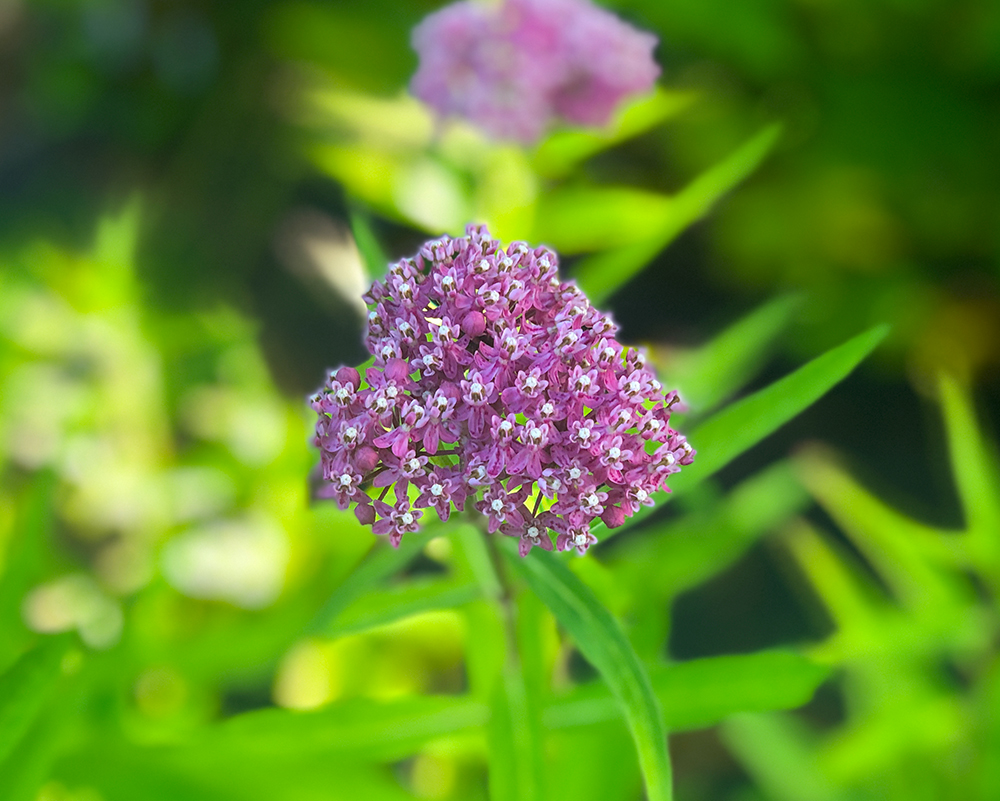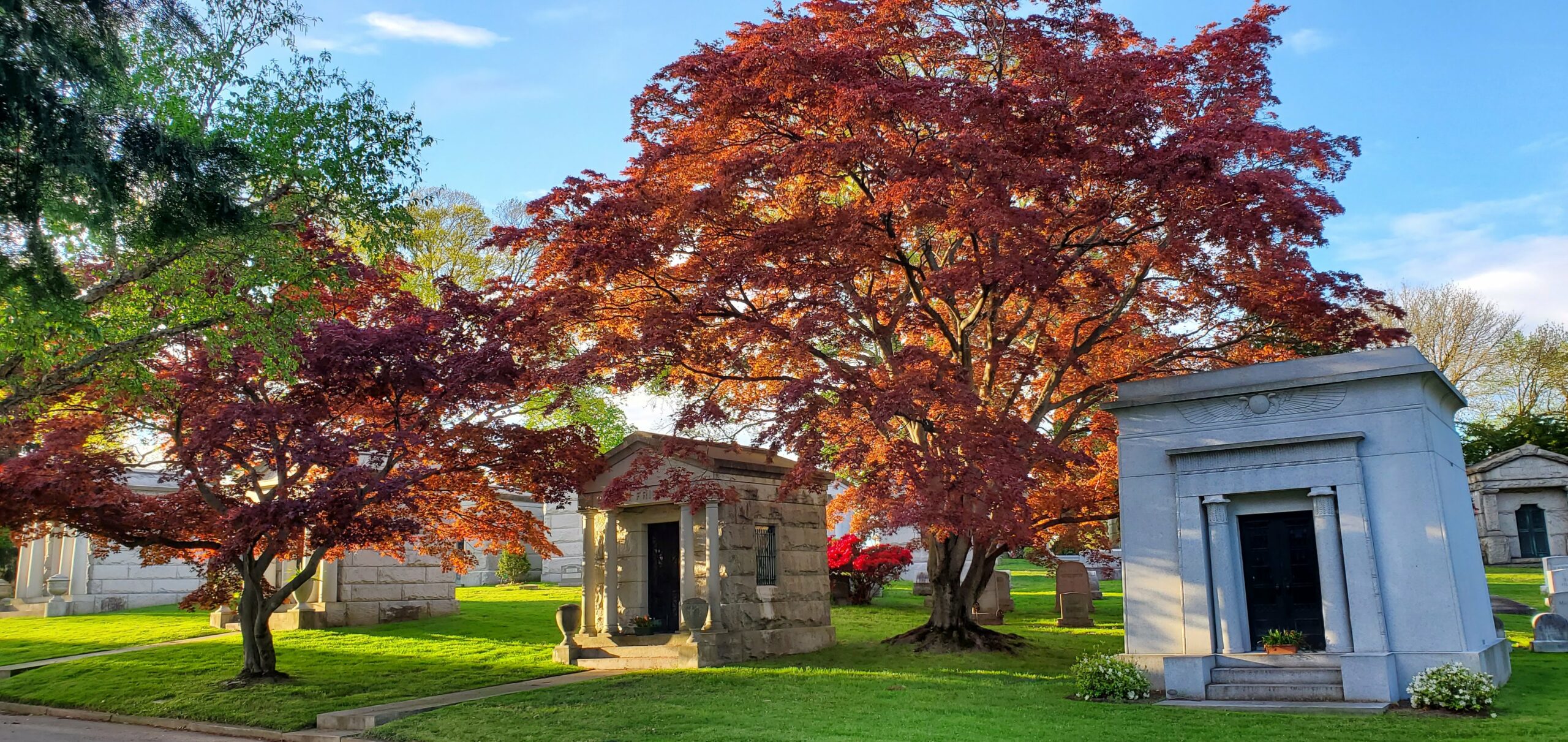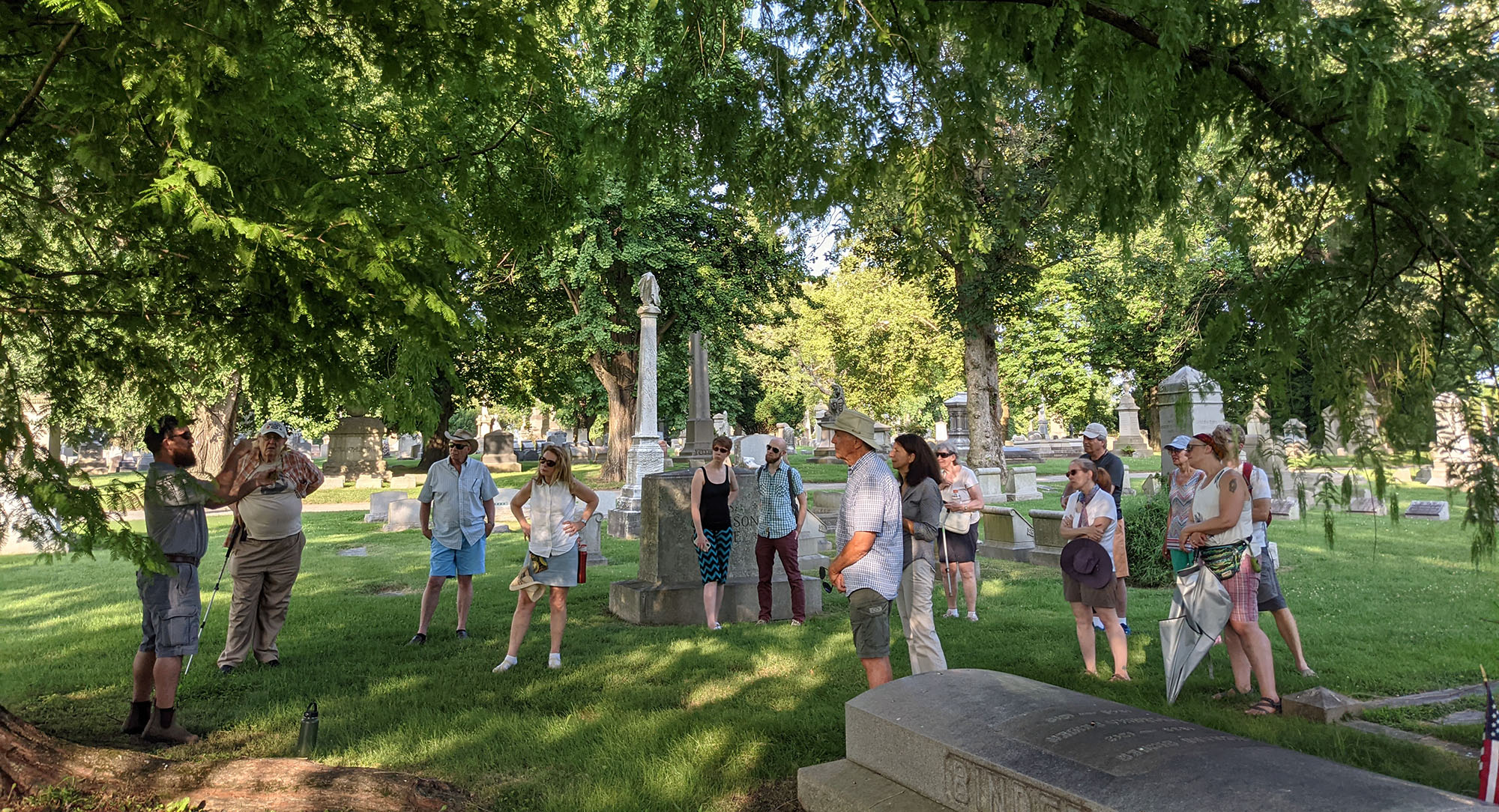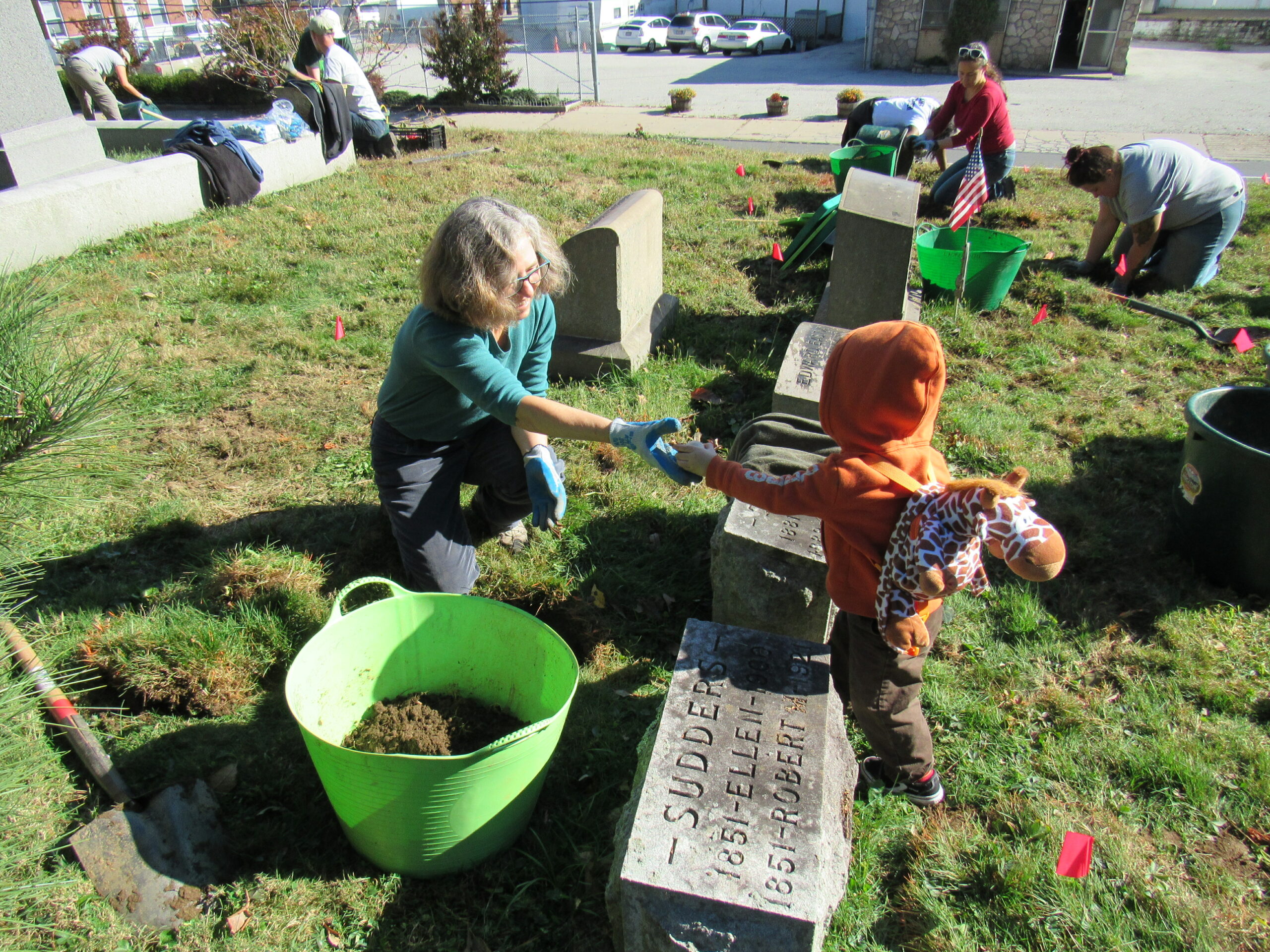About the
Arboretum
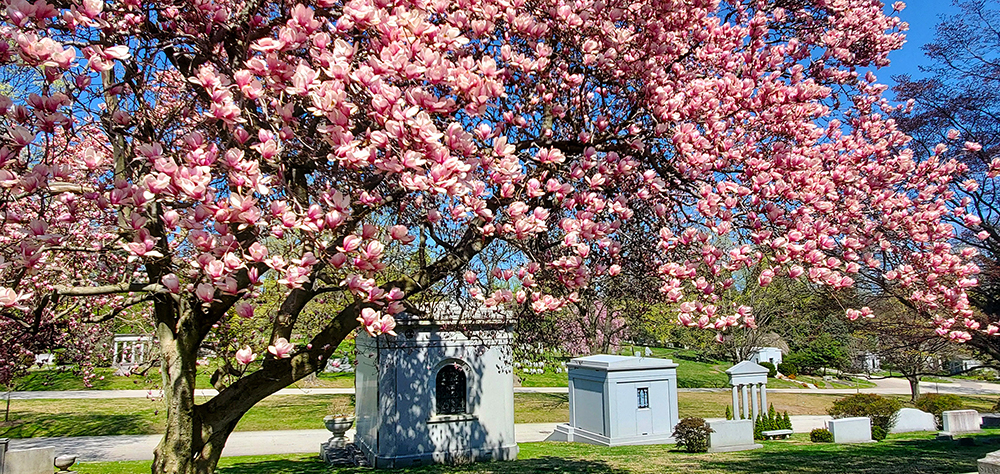
Laurel Hill serves as a public garden for visitors to enjoy. As an accredited arboretum, it provides a landscape that is both beautiful, educational, and honors the past by implementing historical horticulture techniques while looking towards the future with innovative sustainable practices.
History
Established in 1836 as the second garden-designed cemetery in the United States, Laurel Hill East is the nation’s first National Historic Landmark Cemetery. John Jay Smith, the site’s founding visionary, had planned for Laurel Hill East to be a school of instruction in architecture, culture, landscape gardening, arboriculture and botany. Smith, along with Scottish architect Jon Notman, laid out the cemetery in the “Gardenesque” style characterized by interesting rare plants intentionally placed to frame exquisite views and create landscaped “rooms.”
By 1844, over 2,400 trees had been planted affording a rich garden atmosphere which highlighted the natural topography overlooking the Schuylkill and complemented the sculptural elements of cemetery monumentation. The famed horticulturist Andrew Jackson Downing, after a visit in 1849, noted that “Laurel Hill [East] is especially rich in rare trees. We saw… almost every procurable species of hardy tree and shrub growing there… It is a better arboretum than can easily be found elsewhere in the country.”
Laurel Hill West, founded in 1869, was laid out with panoramic river views and thousands of planted trees, many of which were specimens considered unusual at the time. In contrast to the monument-crowded, fenced-in properties popular in the original rural cemetery movement, the design of the earliest sections of Laurel Hill West was influenced by the “Landscape Lawn” plan which was developed by Adolph Strauch at Spring Grove Cemetery in Cincinnati in the 1850s.
This plan put the focus on the entire landscape rather than individual properties, discouraging fencing and hedge barriers while incorporating extensive lawns and sweeping vistas with naturalistic plantings of high-quality canopy trees and flowering shrubs. Laurel Hill West also took a more controlled approach to the landscape by regulating which plants could be planted where, in contrast to Laurel Hill East and other older rural cemeteries, where families were originally encouraged to plant their own burial properties.
Today
The Arboretum at Laurel Hill has a fully-accessioned and curated living collection of over 8,500 trees and shrubs representing over 1,000 species and cultivars. Today, the mission of the Arboretum is to honor the horticultural vision of John Jay Smith and provide a park-like respite that can bring enjoyment and solace to all. The Arboretum at Laurel Hill provides a landscape that is both beautiful and educational, that honors the past by caring for veteran trees and by practicing historical horticulture while looking towards the future through continuous planting of diverse trees and gardens and the use of innovative sustainable practices.
The Arboretum at Laurel Hill is a member of the American Public Gardens Association (APGA), Greater Philadelphia Gardens (GPG), and PA Gardens, as well as an Official Holly Arboretum and Test Center for the Holly Society of America.
Laurel Hill continues to provide open, green, public spaces for recreation.
Laurel Hill West was awarded the Joe Manko Lifetime Achievement award in 2022 by the Lower Merion and Narberth Environmental Advisory Councils and the Shade Tree Commissions of the two municipalities for its continuing creation and maintenance of a bucolic landscape integrating plants and monuments such that everyone can enjoy the beauty of such a living collection and for its innovative green burial option.
Our Partners
![American Rgododendron Society [branded]](https://laurelhillphl.com/app/uploads/2023/04/American-Rgododendron-Society-branded-1.png)
![North Am Rock Garden Society [branded]](https://laurelhillphl.com/app/uploads/2023/04/North-Am-Rock-Garden-Society-branded.png)

![Hardy Plant Society [branded]](https://laurelhillphl.com/app/uploads/2023/04/Hardy-Plant-Society-branded.png)

![ISA Member on Staff [branded]](https://laurelhillphl.com/app/uploads/2023/04/ISA-Member-on-Staff-branded.png)
![Maple society [branded]](https://laurelhillphl.com/app/uploads/2025/03/Maple-society-branded.png)
![Perennial Plant Assoc [branded]](https://laurelhillphl.com/app/uploads/2023/04/Perennial-Plant-Assoc-branded-e1680624831638.png)

Treekeeper
We use the Treekeeper platform to map and document every tree and shrub in our arboretum. Use the software to learn about and explore the living collection from your smartphone or computer.
Engage with
the Arboretum
If you’re interested in a private arboretum tour, please complete a request form.
We offer seasonal volunteer opportunities in our arboretum throughout the year.


